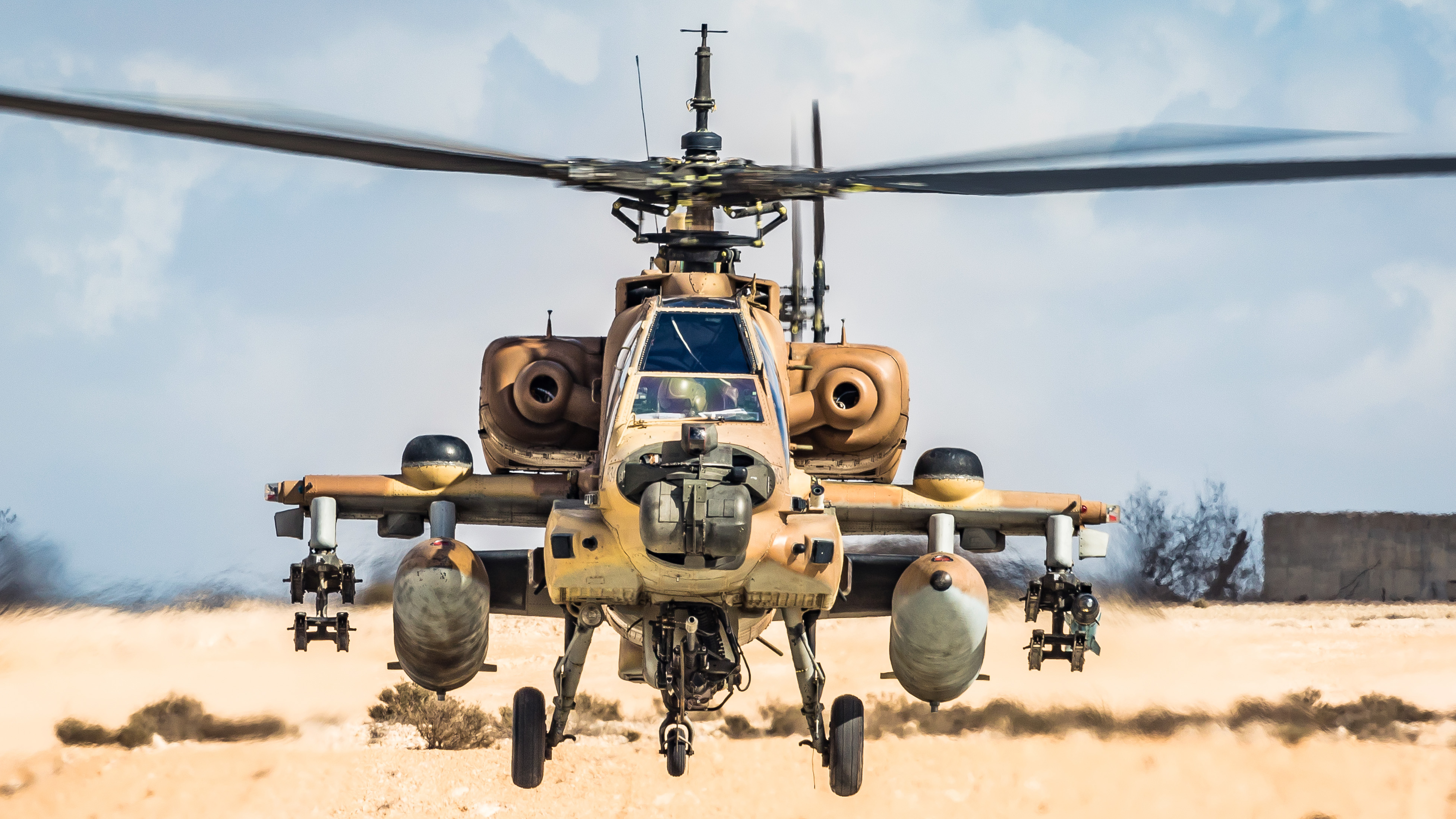Israeli AH-64 helicopter gunship pilots have provided an extensive account of their operations during the surprise attack on the country by Hamas militants last October 7. Their recollections — provided to the Israeli media — give a rare insight into the Israeli Air Force’s immediate response to the unprecedented incursion. It also highlights just how stretched Israel’s shrunken attack helicopter force has become.
In a long interview with Ynet, which is very much worth reading in full, two AH-64 commanders describe the events of October 7 from the perspective of their units. The two individuals are identified only as Lt. Col. E., who is the current squadron boss of 113 “Hornet” Squadron, which flies the AH-64D — known locally as Saraf — the most advanced attack helicopter used by the service, and Lt. Col. A., commander of 190 “Magic Touch” Squadron that’s responsible for the less advanced AH-64A, or Peten. Both squadrons are based at Ramon Air Base in the Negev desert, with a fleet of around 48 aircraft, of both versions.
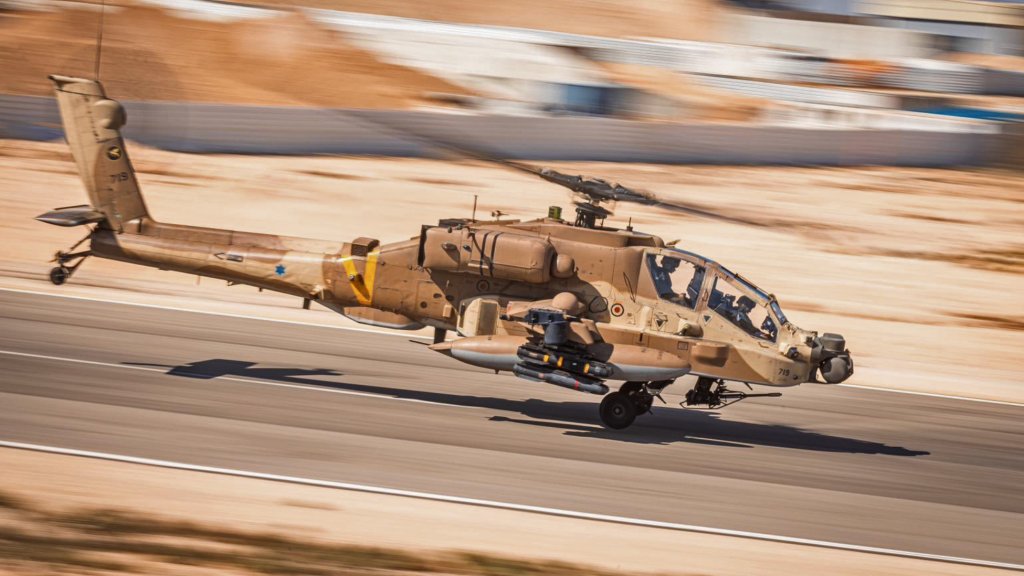
. IAF via X
Immediately clear in their account is the degree of surprise that the Hamas militants achieved, when around 3,000 militants invaded the south of the country after a rocket barrage early on October 7.
The evening before the attacks, the Israeli Air Force attack helicopter community had been attending an event to mark the anniversary of the 1973 Arab-Israeli War. After this, Lt. Col. E. returned home to Ramon Air Base where he planned to spend the weekend with his family. At least some elements of his unit were meanwhile deployed in the north of the country, at Ramat David Air Base.
In total, only four Israeli AH-64 helicopters were actually on standby across the entire country. Two of these were on so-called short standby for potential deployment to the northern border within minutes, with the other two on long standby for the same area, meaning they would take longer to get into action.
“Following situation assessments before the holiday, it was decided that there was no need to shorten the standby for Gaza, and all the helicopters and crews on standby were transferred to Ramat David,” Lt. Col. E. explains. The result was that there were no AH-64s on standby at Ramon when the attack began. This was apparently standard procedure since the expectation was that any new conflict would break out in the north.
When pressed on the matter of whether a flight of two AH-64s on short standby was adequate, Lt. Col. E. admits it wasn’t but that the situation was determined by cuts to the Israeli Air Force attack helicopter force, including the retirement of the entire AH-1 Cobra fleet by 2013.
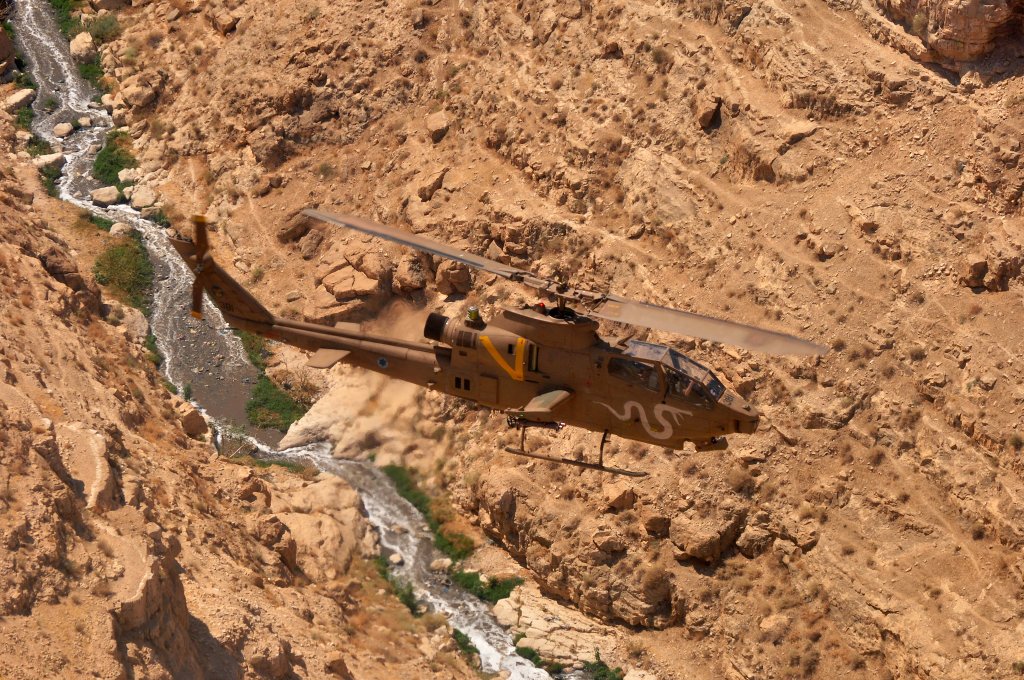
“We used to have 100 helicopters in the IAF,” Lt. Col. E. says. “We’re now down to a few dozen, so you start calculating risks accordingly. You need to take into account the number of helicopters, how much training is needed, along with all the ongoing missions, and allocate forces accordingly. Since the 2014 Gaza War, we’ve had two helicopters on short standby.”
As for having alert attack helicopters at Ramat David and not at Ramon, this seems to be less of an issue. The difference in flight time to northern Gaza is between five and seven minutes. Meanwhile, Ramat David’s central location makes it easier for reserve crews to get there quickly, since they mainly live in the center and north of Israel.
As to what happened after it became clear that southern Israel was under attack, the two squadron commanders provide something close to a blow-by-blow account.
The main takeaways include the fact that the commanders became aware of the Hamas assault when they were woken by warnings of incoming rockets at 6:30 a.m. on October 7. At this point, Air Force headquarters had no idea that an attack was already happening. After all, the massacre at the outdoor music festival near Re’im, which left at least 360 dead and many others missing, started at 6:30 a.m.
Nevertheless, the northern standby was alerted around the same time, while at 6:51 a.m. came reports of an infiltration from the sea at Zikim. Nine minutes later, the two alert AH-64s were airborne at Ramat David and the decision was made to launch the other two, which were on long standby.
At this point, it was clear to Lt. Col. E. that “at least a day’s fighting” lay ahead.
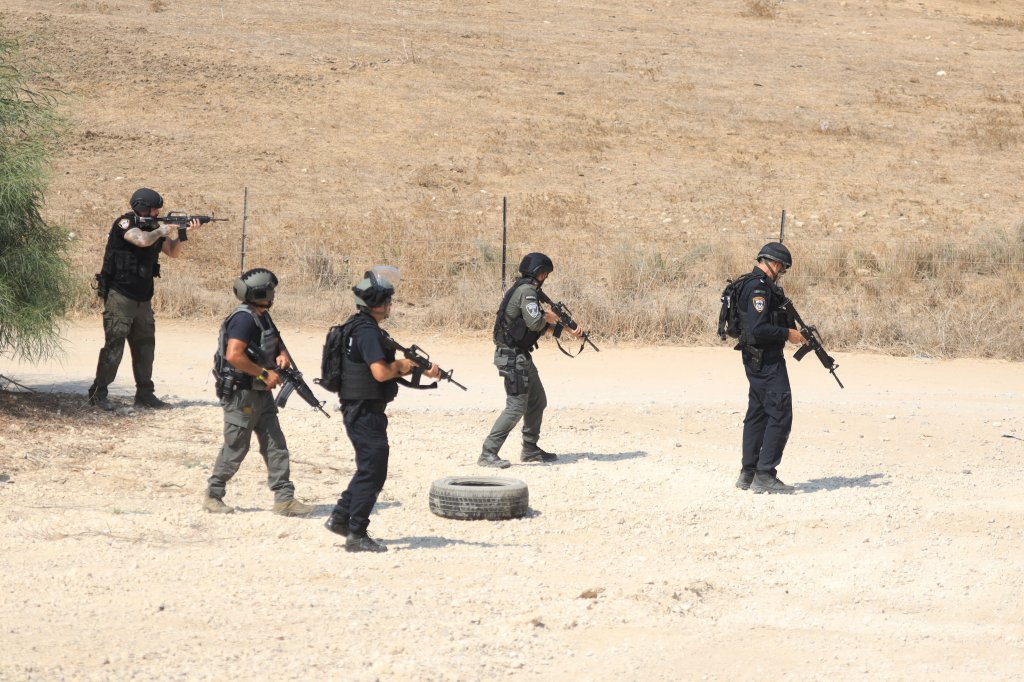
Meanwhile, Lt. Col. A. now also called upon his squadron, the “Magic Touch,” to get ready for flight at Ramon.
By 7:30 a.m., the first two alert AH-64s from Ramat David were approaching Kibbutz Zikim, close to a military training base that was the scene of a major engagement between Israel and Hamas militants, who were reportedly intent on capturing the facility.
By now, the attack was already underway at Zikim, and the two helicopters were forced to evade “three or four anti-aircraft missiles” fired at them from the same area.
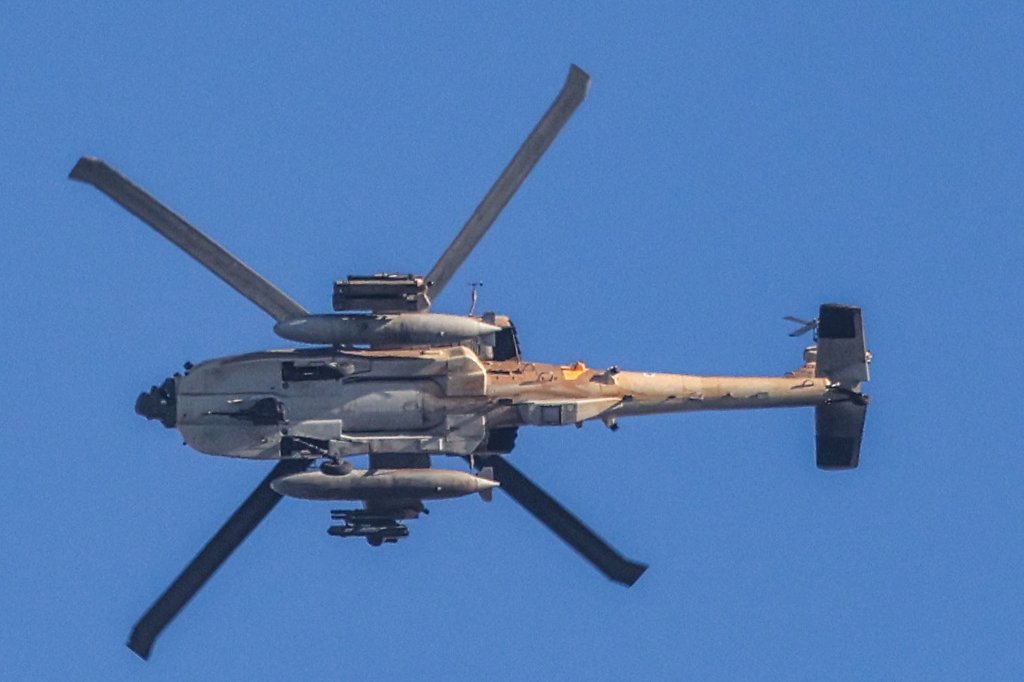
At Ramon, everything was being done to get more helicopters into the air quickly.
Instead of the usual three and half hours spent getting the helicopters ready, the AH-64s were launched rapidly, using “emergency procedure.”
“Basically, they don’t check the helicopter. They fuel it, arm it, and take off,” explains Lt. Col. E.
At 8:10 a.m., Lt. Col. A., together with another helicopter, took off from Ramon with orders to fly to Be’eri, where a massacre was unfolding that would ultimately leave at least 130 dead. Their initial job was to provide suppressive gunfire so that a Black Hawk carrying Air Force Shaldag special forces could intervene.
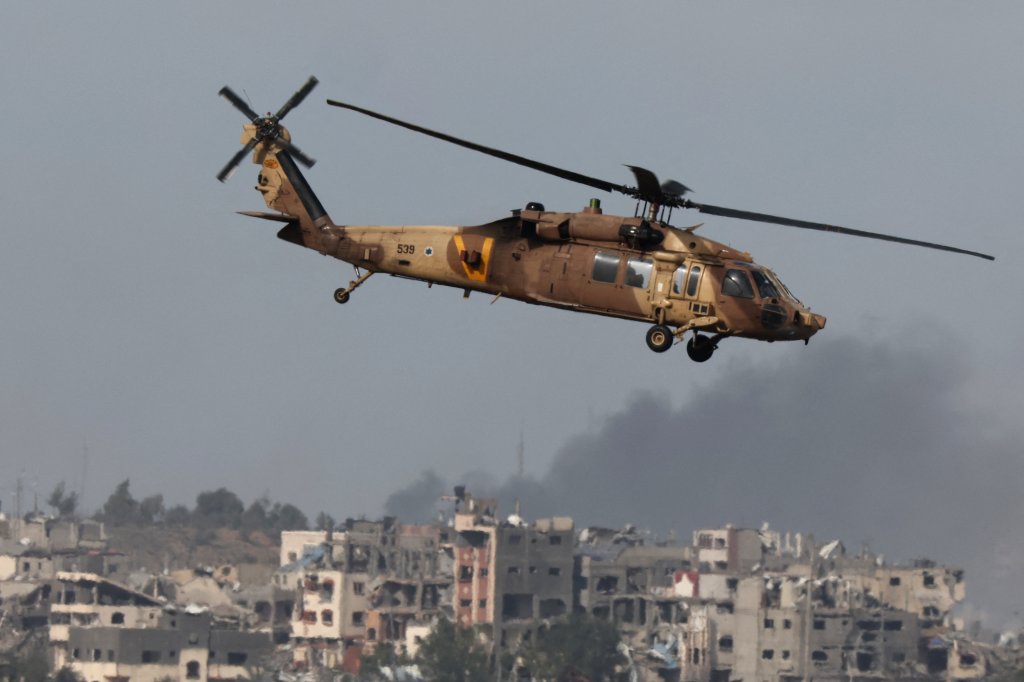
At first, the AH-64 pilots did not have permission to fire inside the kibbutz at Be’eri, although the article claims that the kibbutz security team had requested, via the Shaldag team, that the helicopters fire at a kindergarten where 50 terrorists were holed up. Permission to fire was given soon after as the scale of the assault became clearer.
For instance, Lt. Col. A. initially used cannon fire close to a breach in the border fence to try and dissuade the militants, thinking it may be a demonstration that had gotten out of hand. Minutes later, Lt. Col. A. was shooting to kill, at a border breach in the Nahal Oz area.
“I don’t know if I was thinking it wasn’t a demonstration as much as this was an organized, wide-scale situation, not an isolated incident. I then identified a Hamas van by the fence, and I fired a missile at it,” Lt. Col. A. says, admitting that they “didn’t really wait” for authorization to use a missile from the controlling officer.
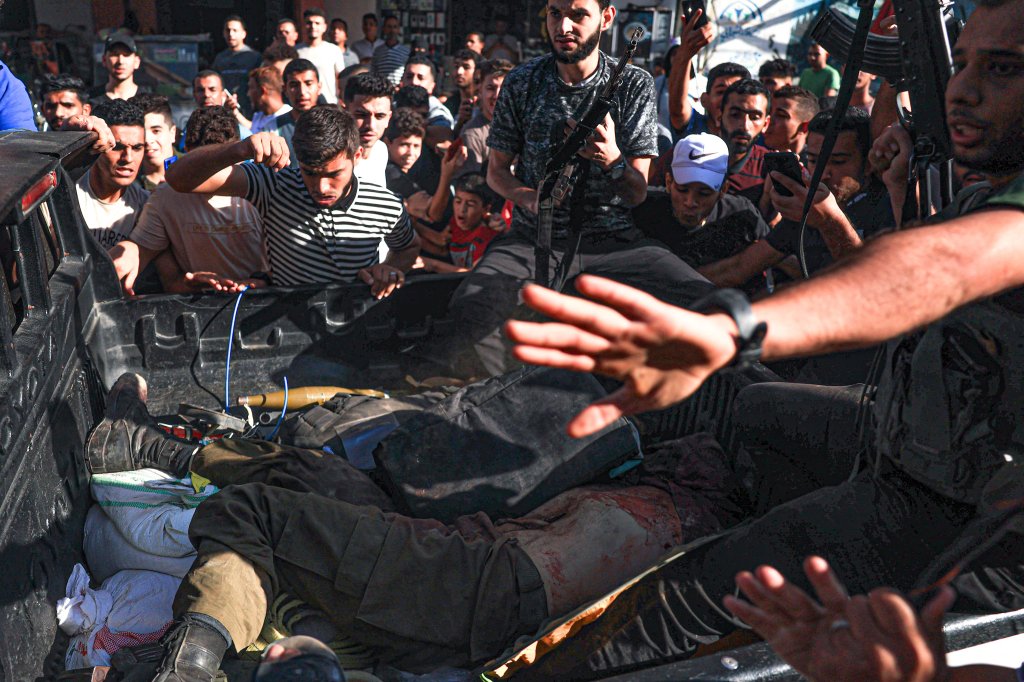
Now that it was clear that the situation was highly irregular, Lt. Col. A. “stopped asking for permission to fire for the rest of the day,” according to Ynet.
Lt. Col. E. was also soon in the air and as the situation worsened, the commander was receiving callouts to new incidents “every five or six minutes,” prioritized based on urgency. Lt. Col. E. now questions whether it might have been more effective for the helicopters to stay in the same area, which they admit “might have prevented something from happening.”
“There were places that helicopters finished off the incident in an hour, while in other places, helicopters operated for hours without bringing the incident to an end,” Lt. Col. A. admits.
There were by now so many different incidents taking place that the AH-64 crews had to begin thinking seriously about conserving their ammunition. The 30mm Chain Gun has a capacity for a maximum of 1,200 rounds, expended at a rate of 600-650 rounds per minute.
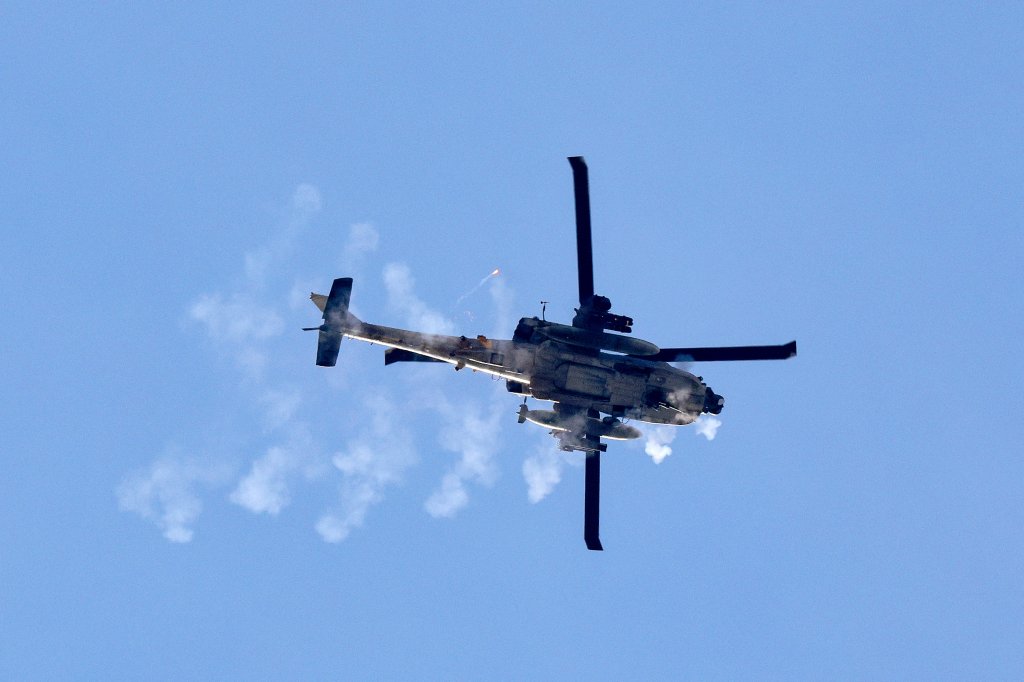
By 9:00 a.m. the attack had been raging for two and a half hours and there were now six AH-64s in the air.
For Lt. Col. A., the stark reality of engaging militants on Israeli territory was rammed home when he launched a missile at a truck near the kibbutz at Kfar Aza. After firing, he realized the truck was closed, not open, and that it might not belong to Hamas. With just three seconds of the missile’s 20-second flight time remaining, Lt. Col. A. made the decision to direct it away from the truck.
Out of ammunition at 10:00 a.m., Lt. Col. A. returned to Ramon and told his pilots there that the situation was unprecedented and that they should kill anyone seen infiltrating Israeli territory. At this stage, there was no thought given to the possibility of hostages also being moved across the border into Gaza.
According to Ynet, the first reports of hostages began to appear in the early morning, although Lt. Col. E. says the first report of an abducted soldier only arrived at 12:30 p.m.
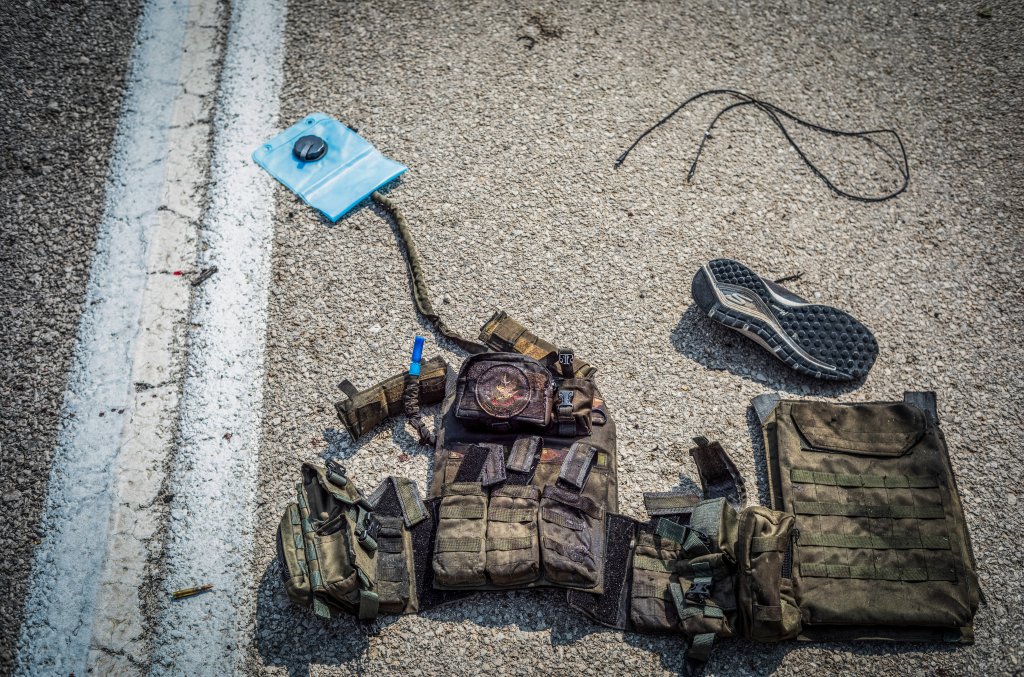
In one remarkable part of the account, Lt. Col. E. describes firing upon an ambulance on the Gaza side of the border, admitting that they were not entirely sure whether the wounded person being carried to it was a hostage or a militant.
“It’s one of the greatest dilemmas I’ve ever faced as an airborne fighter. I see them reaching an ambulance on the other side of the fence. Firstly, this increases the chances of it being one of their wounded. This is how I analyze the situation.”
Even when the AH-64 pilots were sure they were engaging militants rather than civilians, the margins of error were, at times, tiny.
In some instances, the distance between militants and Israeli troops on the ground was 75-90 yards, while the missiles being used are only supposed to engage targets 330 yards or more from friendly forces.
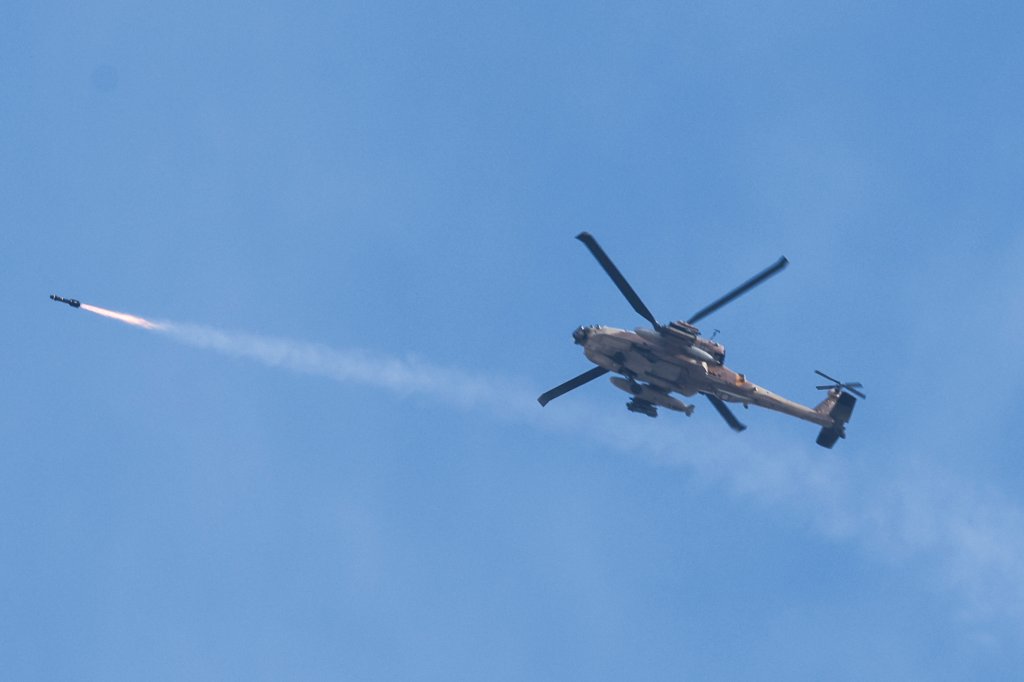
In another incident, at least one hostage — Efrat Katz — was killed by fire from an AH-64 when she was being transported by tractor from the kibbutz at Nir Oz and toward Gaza. While an investigation into her death is ongoing, it’s noteworthy that, at this point, the attack helicopter pilots had no one on the ground at Nir Oz that they could communicate with. Other evidence of gaps in communications included pilots resorting to sending WhatsApp messages to special forces when their radios failed to work properly.
By midday, there were 11 helicopters in the air with their tactics now focused on providing a barrier against further militants crossing the border fence into Israel or crossing back into Gaza as they retreated.
In the course of the day, Israeli AH-64s flew 48 sorties but their commanders admit that the results were mixed. This is reflected in public perceptions about the Israeli Air Force’s apparent failure to prevent the attack and subsequent bloodshed and hostage-taking.
“You could say that the IAF was there, but it didn’t change the end result,” Lt. Col. A. remarks.
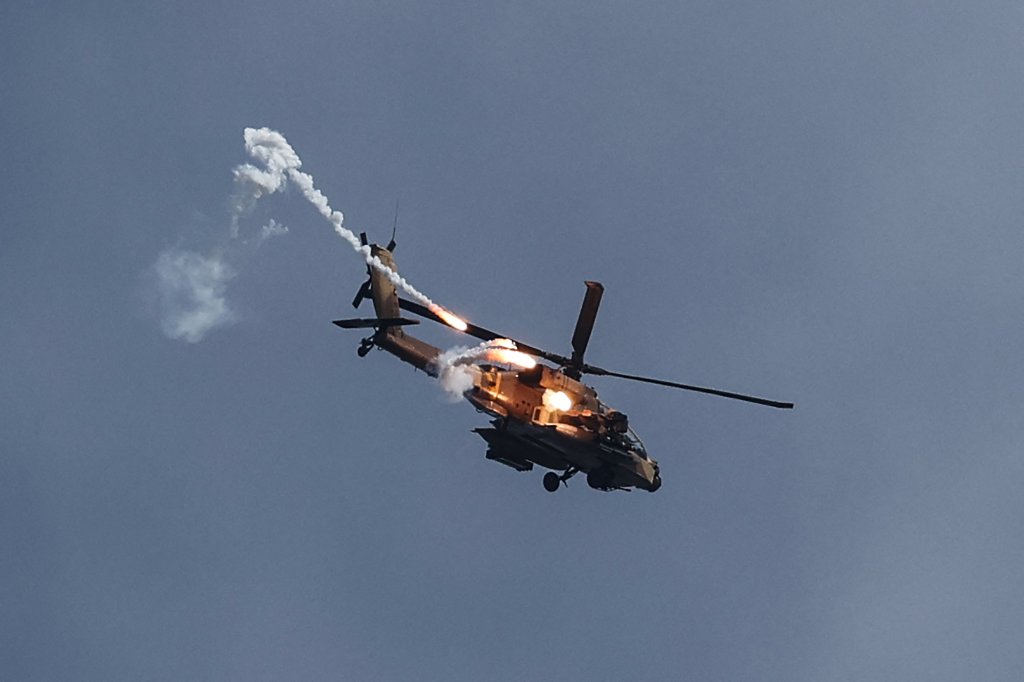
This has led to some considerable thought about what exactly went wrong and, more importantly, how the Israeli Air Force — and the attack helicopter force in particular — could better respond to a similar attack in the future.
As well as the need to address the obvious lack of intelligence about the attack, the commanders call for an expansion of the attack helicopter fleet, including the establishment of a third AH-64 squadron.
Interestingly, long before October 7, the Israeli Air Force had been pushing to acquire another 40 of the latest AH-64E versions, after apparently concluding that an earlier plan to bolster its attack fleet by replacing the older AH-64As with armed drones was not feasible.
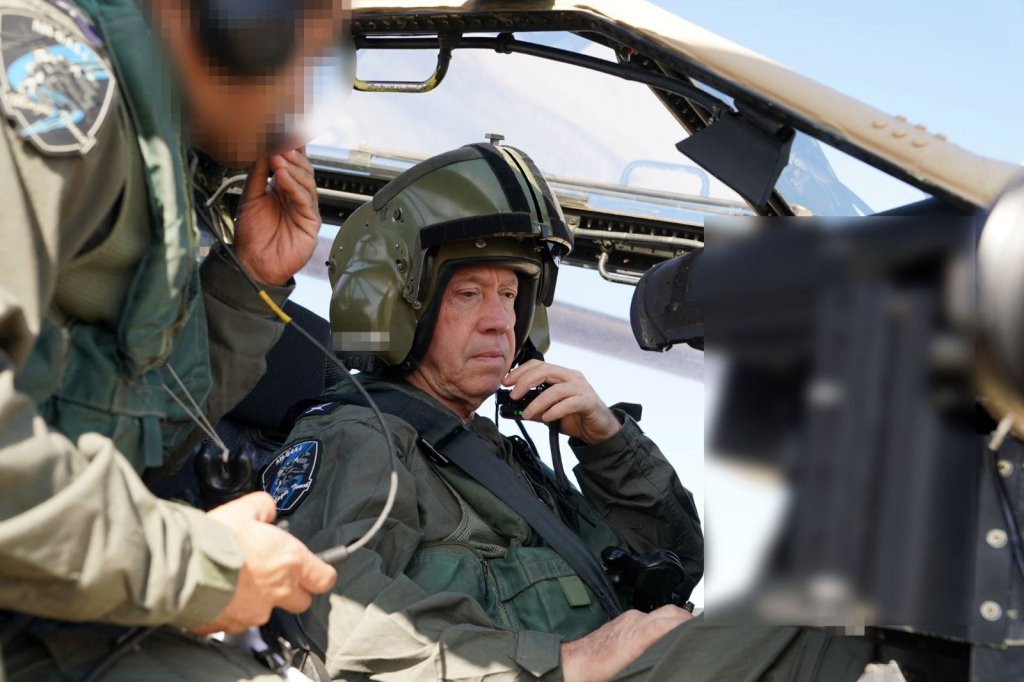
Earlier this year, it was reported that a batch of 12 AH-64Es was part of the discussions between Eyal Zamir, director-general of the Israeli Ministry of Defense, and officials from the Pentagon and U.S. State Department. Other key potential deals discussed in Washington at the time involved 25 more F-35I stealth fighters and 25 F-15IA multirole fighters — an Israeli variant of the F-15EX.
Just as important as more aircraft is the requirement for higher levels of readiness. The commanders say that, as of now, units are on permanent standby, to respond to the ongoing fighting in Gaza as well as around the border with Lebanon in the north.
All this comes at a considerable financial cost and, at the same time, limits routine training flights. That’s obviously a situation the Israeli Air Force cannot sustain long term.
Other measures have already been introduced by the Israeli Air Force should another such incursion take place.
AH-64 crews now fly carrying the phone numbers for all community security coordinators, everywhere in the country, so they can get real-time information on the situation on the ground. Crews also have maps clearly showing all border entrances and exits and positions from which Israeli forces would fire upon intruders. This should go some way to plug the communications gaps that were clear on October 7.
Perhaps the most important lesson, however, derives from the scale and audacity of the October 7 attack, something that shook the two AH-64 commanders interviewed, despite them having trained throughout their careers for all different manner of infiltration incidents. In that sense, the incident follows very much in the line of surprise attacks on Israeli territory and interests that have helped shape the Israeli Air Force, its tactics, and equipment, ever since its foundation in 1948.
Contact the author: thomas@thewarzone.com
